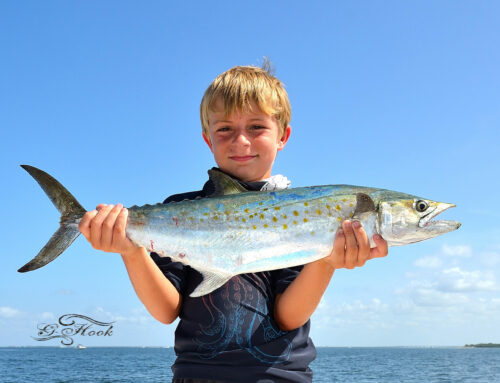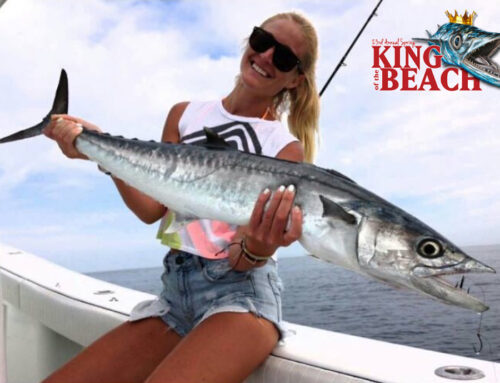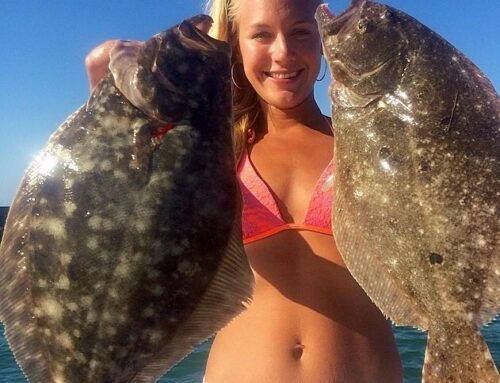 Congratulations to Alexis Selby – She is the newest winner of the Old Salt Photo of the Week – Tuna.
Congratulations to Alexis Selby – She is the newest winner of the Old Salt Photo of the Week – Tuna.
___________
Tuna facts:
Appearance:
- sleek and streamlined, adapted for speed
- two closely spaced dorsal fins on its back; The first is “depressible” – it can be laid down, flush, in a groove that runs along its back
- Seven to 10 yellow finlets run from the dorsal fins to the tail, which is lunate – curved like a crescent moon – and tapered to pointy tips
- The caudal peduncle, to which the tail is attached, is quite thin, with three stabilizing horizontal keels on each side
- dorsal side is generally a metallic dark blue, while the ventral side, or underside, is silvery or whitish
- unlike most fish, which have white flesh, the muscle tissue of tuna ranges from pink to dark red
Habitat:
Tunas are widely but sparsely distributed throughout the oceans of the world, generally in tropical and temperate waters at latitudes ranging between about 45° north and south of the equator.
Behavior:
- Their circulatory and respiratory systems are almost unique among fish, enabling them to maintain a body temperature higher than that of the surrounding water.
- Larger specimens are notorious for putting up a fight while hooked, and have been known to injure people who try to catch them, as well as damage their equipment.
- Tuna schools are believed to associate themselves with dolphins for protection against sharks, which are tuna predators.
- among the fastest-swimming pelagic fish – the yellowfin tuna, for example, is capable of speeds of up to 75 km/h (47 mph).
State Record:
240 lb Yellowfin, caught near Key West in 2002




Leave A Comment